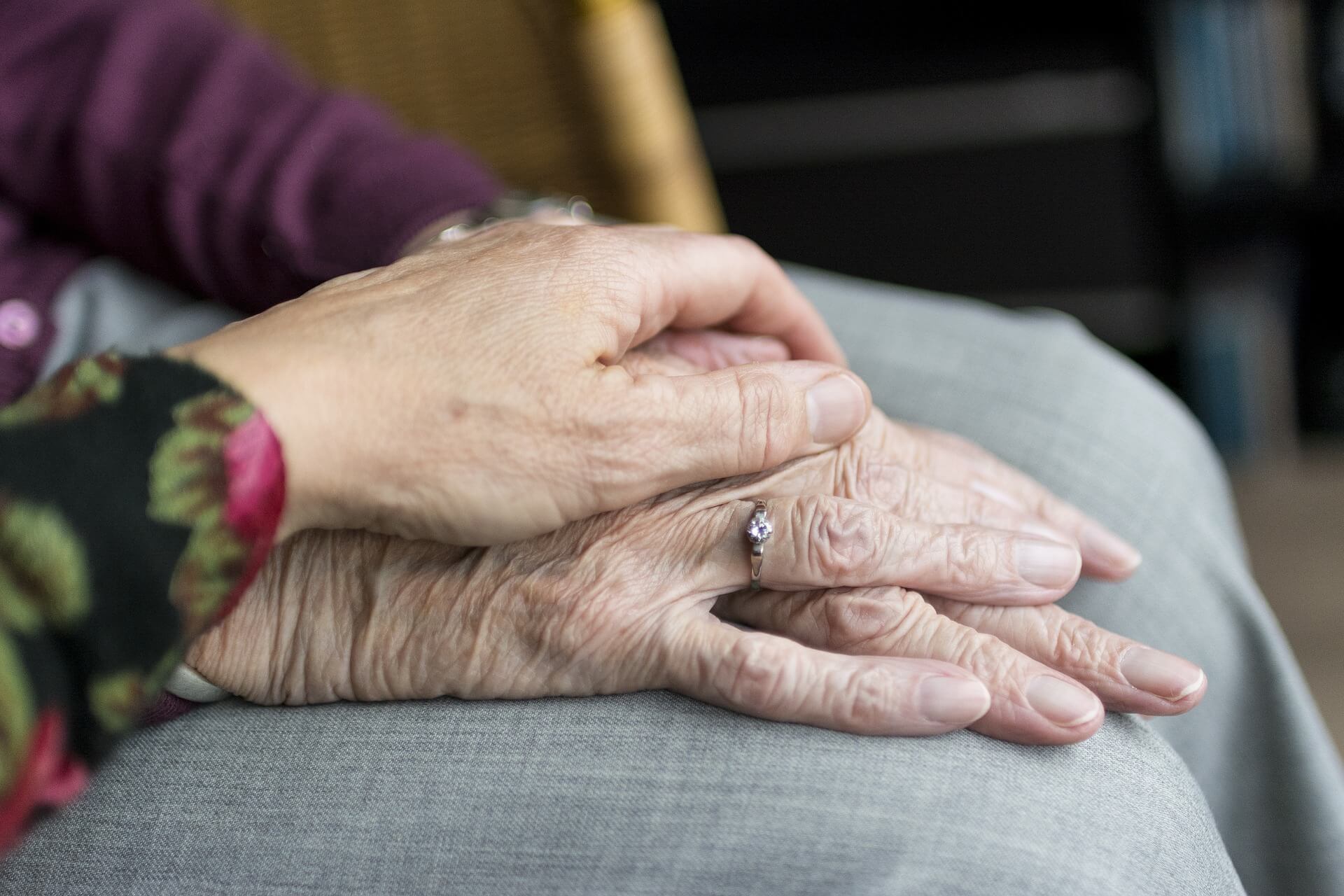Social Security benefits should be updated to reflect women serving as caregivers, say three national organizations who presented to Congress last week. And, all senior caregiver employees should also receive Social Security benefits through their payroll deductions – – – all caregivers should make sure they are working for a licensed senior care company providing this benefit which will allow them to retire and collect Social Security benefits.
Caregivers are usually women. This is not news for anyone. Senior home care agency owners can tell you that the majority of their caregiving employees are females. Nursing homes and Assisted Living communities will also agree that the majority of people applying for their jobs are women. Men simply are not as attracted to this type of work. My own brother has amazing talents from hunting to cooking to being very accomplished in his career – but he says he just can’t take the hands-on care duties for our Grandmother. Yes, he’ll plug her hearing aid into his ear and adjust it and make sure the batteries are working well, where I sort of am not attracted to doing that. But he isn’t comfortable with assisting with caregiving duties such as bathing and toileting. Guys are just wired differently than women and science confirms this for us. We can accept this and play to our strengths. But not receiving the same pay and retirement benefits is not acceptable.
After a lifetime of lower wages and time out of the labor market for child-rearing and caregiving, women typically receive less pay from their Social Security check than men. Widows and women of color often fall into poverty in old age. This is a problem.
But what successful married man with children would not be half as successful in his career without his wife keeping the household running? My girlfriends and I joke about a board meeting of Venture Capital guys who were comfortable, in the company of women, bragging about being proud their wives were ‘stay at home’ because this meant their wives could do all of their chores and errands and scheduling for them. Yes, without a wife to do these things for them, they would need to use their own work hours, or after-work hours, to actually do these types of things. Or, they would need to hire a housekeeper or nanny to do these tasks. Even these professional men are admitting these duties are very needed and necessary in order for them to be successful.
I also heard Jack Welch, the former GE Chairman and CEO, speak once. He was on one of his book tours with wife #3, Suzy Welch (for the book titled “Winning”). I will give him credit for being very honest when he was asked this question by an audience member: “how did you balance raising your kids while growing your career?” He answered: “I didn’t. You would have to ask my first wife how she did that. I wasn’t around.” He is trying to do the balancing act now with his third wife who writes his books with him and goes on book tours with him, so we’ll also give him credit for this.
Life is a balancing act. Whether women engage themselves in a career or work in the home raising children, they are managing the household and part of a team. Social Security payments should honor this work and recognize this labor.
This is also why Caregiverlist advocates for all caregivers to only be hired as employees, through senior home care agencies, insuring they are receiving Social Security benefits and payroll tax contributions along with Worker’s Compensation Insurance and Professional Liability Insurance. This protects the senior and the caregiver and it is only right and fair that someone working as a senior caregiver will be able to collect Social Security benefits when they retire.
A team of leading advocates for women, including a UCSF social scientist, are seeking to correct the inequities through new proposals to reform Social Security – our nation’s financial safety net for senior citizens.
Last Friday, May 11, 2012, their report was presented at a Congressional briefing in Washington, D.C. The authors represent three national organizations for seniors and women: the National Committee to Preserve Social Security & Medicare Foundation, the National Organization for Women Foundation (NOW), and the Institute for Women’s Policy Research.
“This is an urgent call for our retirement system to catch up with the changing needs of women,’’ said the lead author of the report, Carroll L. Estes, PhD, founder and former director of the UCSF Institute for Health & Aging. She is the chair of the board of directors of the National Committee to Preserve Social Security& Medicare and its foundation.
“Social Security is crucial to the future of our children and grandchildren,’’ Estes said.“It is there for Americans when catastrophic events befall them, such as 9/11 when about 2,600 children lost a working parent. We must keep the social contract that it represents, and improve the lives of women and other workers who have paid into Social Security for decades.’’
The report, “Breaking the Social Security Glass Ceiling: A Proposal to Modernize Women’s Benefits,’’ examines the changing role of women in the workforce as well as the smaller incomes women receive in retirement as a result of lower wages on average and time spent out of the labor market for unpaid caregiving of children and aging parents. Retired women of color are particularly vulnerable, experiencing two to three times the poverty rates of whites.
Social Security benefits may begin as early as age 62, however, the benefit amount will be reduced and you may wait until age 70 to begin collecting in order to receive the maximum benefit based on the amounts you contributed from your paycheck.
Social Security benefits are adjusted for cost-of-living increases and your benefit amount may be impacted by military service or pensions.
The Social Security Administration provides a “Retirement Estimator” tool on their website to allow you to calculate your expected Social Security check when you retire. The maximum benefit is around $2,100.00 per month, if you paid in the maximum amount for 35 years. The average monthly benefit is around $1,230.00 as of January, 2012.
Caregiverlist provides the daily costs of nursing homes nationwide along with senior home care costs to allow you to plan for your retirement care. You may view nursing home daily costs in each state and compare the nursing home ratings based on costs.
Caregiverlist’s FindtheBest Comparison tools also allow you to compare hospitals, compare Medicare plans and more, to allow you to be ready for senior care needs.seniorcare, SocialSecurity, caregiver







